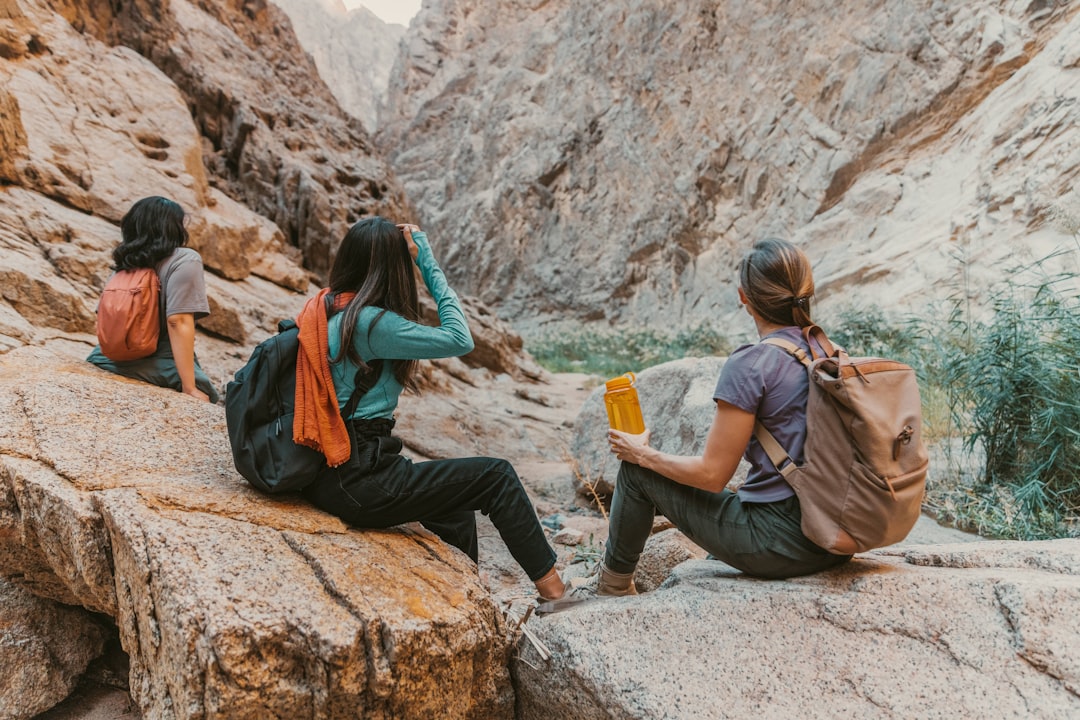
Hiking is one of the most rewarding ways to connect with nature, providing both mental and physical benefits. But did you know it can also be incredibly budget-friendly? Let’s explore how you can embrace the wilderness without spending a fortune.
First, gear up wisely. It’s easy to get caught up in the allure of high-end hiking equipment, but starting with basic, essential items can be both economical and effective. Check out thrift stores or online marketplaces for gently used gear. Look for items like sturdy boots, a reliable backpack, and a weather-appropriate jacket. Prioritize quality over brand names, ensuring your gear is durable and comfortable.
Next, consider the destination. While famous hiking trails can be tempting, local parks and less popular trails offer unique landscapes and are often less crowded and more budget-friendly. Many national parks offer free entry days, so keep an eye out for those opportunities. Explore state parks or local nature reserves which usually have lower entry fees.
Transportation is another key factor in keeping costs down. Carpool with friends or join hiking groups that organize trips, which can also enhance your experience with new friendships and shared stories. If public transport is available, it’s an eco-friendly and cost-effective option.
Food is another aspect where costs can add up. Instead of expensive energy bars, consider homemade trail mix or sandwiches. Not only is this cost-effective, but it also allows you to tailor your snacks to your taste and dietary needs. Remember to stay hydrated by carrying a refillable water bottle or a lightweight water filter for streams and natural water sources along the way.
Accommodation doesn’t have to be pricey either. Camping is an excellent way to immerse yourself in nature without the hotel bill. Many hiking areas have designated camping sites with minimal fees. Alternatively, look into volunteer opportunities at nature reserves or parks; some offer free lodging in exchange for a few hours of trail maintenance or educational services.
Don’t underestimate the power of planning. Create a budget-friendly itinerary by researching trails and destinations online. Numerous websites and apps provide information on free or low-cost hiking routes. Planning also ensures safety, as you’ll be prepared for weather changes and trail conditions.
Lastly, the mental and physical benefits of hiking are priceless. Regular hikes can reduce stress, improve cardiovascular health, and increase overall happiness. Plus, hiking can enhance creativity and problem-solving skills as you navigate new paths and terrains.
In conclusion, hiking is an adventure accessible to everyone, regardless of budget. By prioritizing essential gear, exploring local trails, planning transportation and food smartly, and considering alternative accommodations, you can embark on incredible journeys that nurture your body, mind, and spirit without straining your wallet. So, lace up those boots, grab your backpack, and hit the trails. Adventure awaits, and it doesn’t have to come with a hefty price tag.